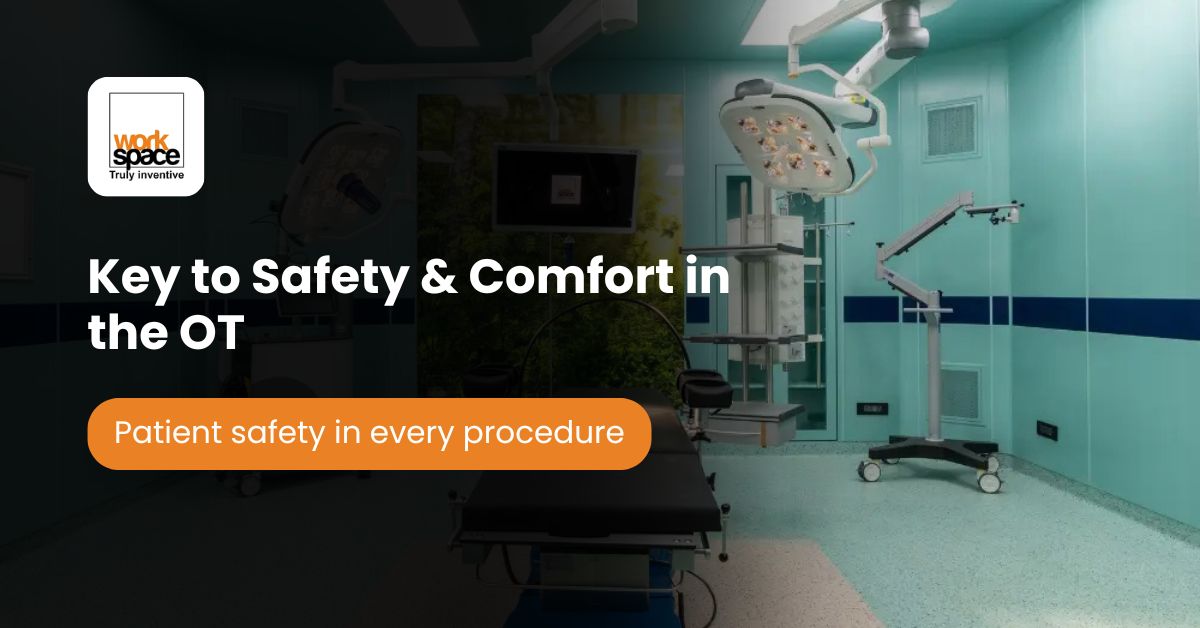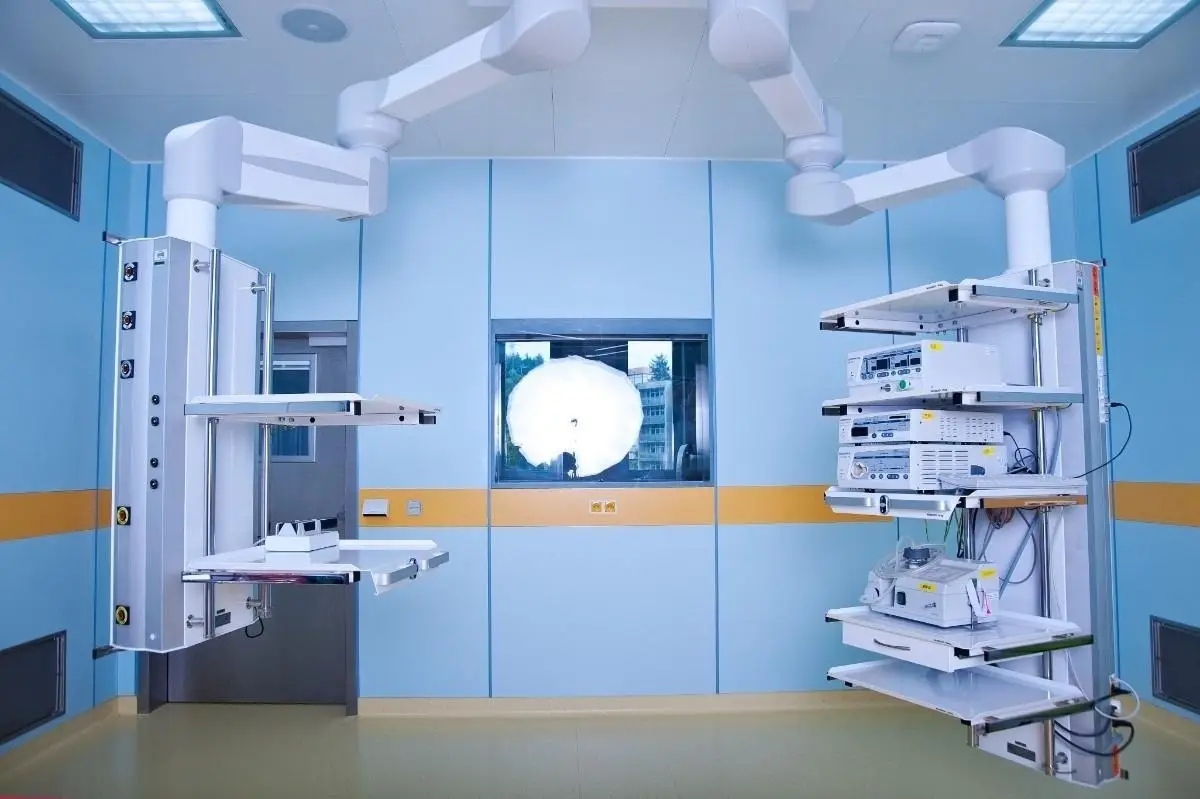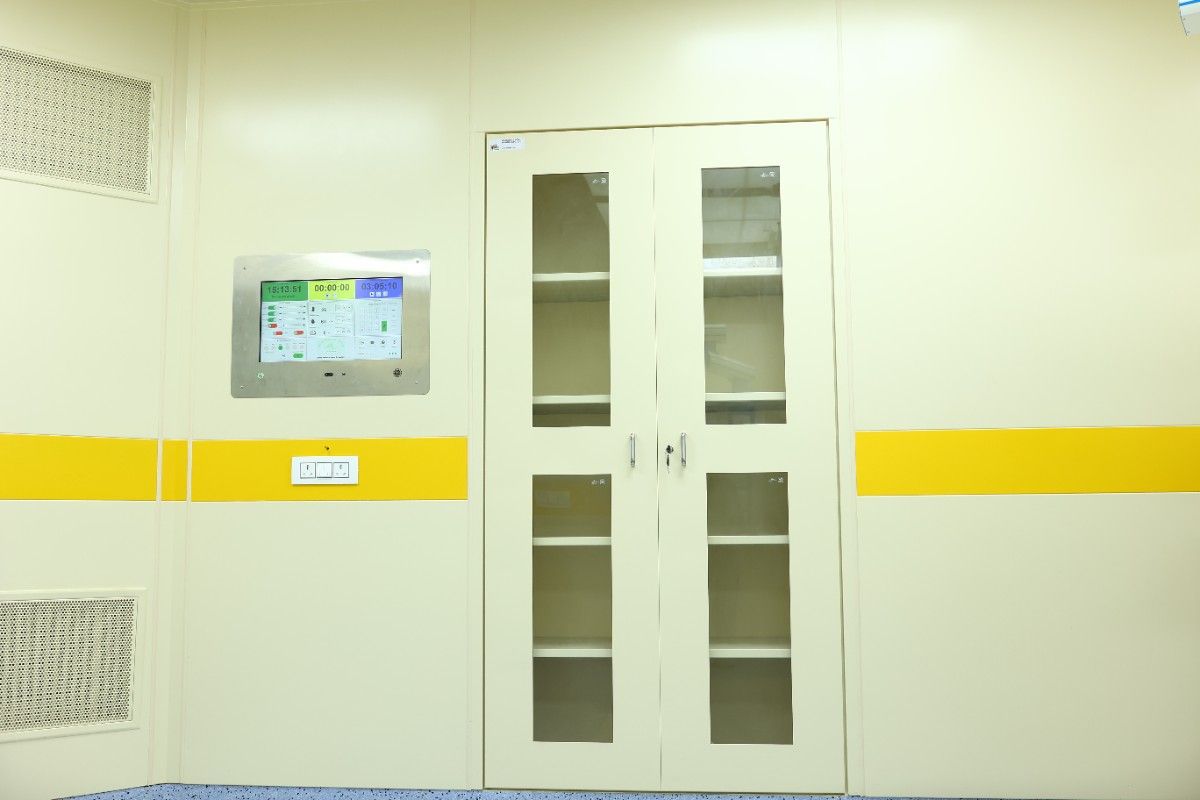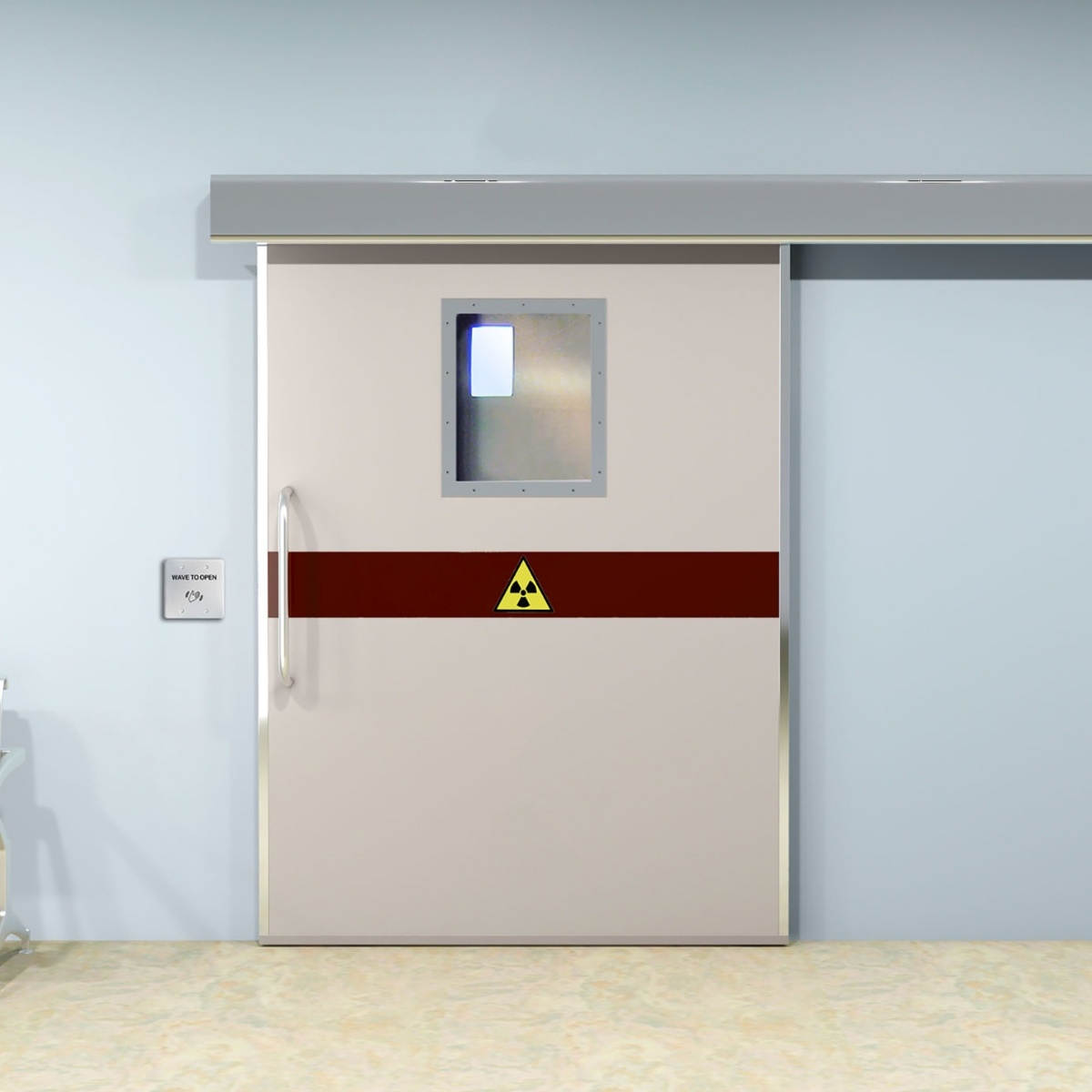In modern healthcare, OT lights are more than just a source of light they are critical components of the operating room that directly impact surgical outcomes. Choosing the right surgical light ensures accuracy, safety and comfort for both surgeon and patient. When evaluating operating room lights, understanding the essential features to consider can make a significant difference in the quality of care provided.
This blog highlights the top five features to look for in a high-quality surgical lamp, ensuring your healthcare facility remains at the forefront of efficiency and patient care.
1. Optimal Illumination and Adjustable Brightness
The ability to provide brilliant, shadow-free illumination is the most important feature of any operating theatre light. To avoid glare or uneven shadows, light should be evenly distributed across the operating area. Features such as focus, and brightness adjustment make it easy to optimize the visibility of surgical instruments to meet the unique needs of each treatment.
LED technology, which produces constant brightness and minimize heat generation, is frequently used in surgical lights in modern medical equipment. Choose lights with adjustable intensity levels when selecting medical gadgets for the operating room to guarantee versatility for a range of treatments.
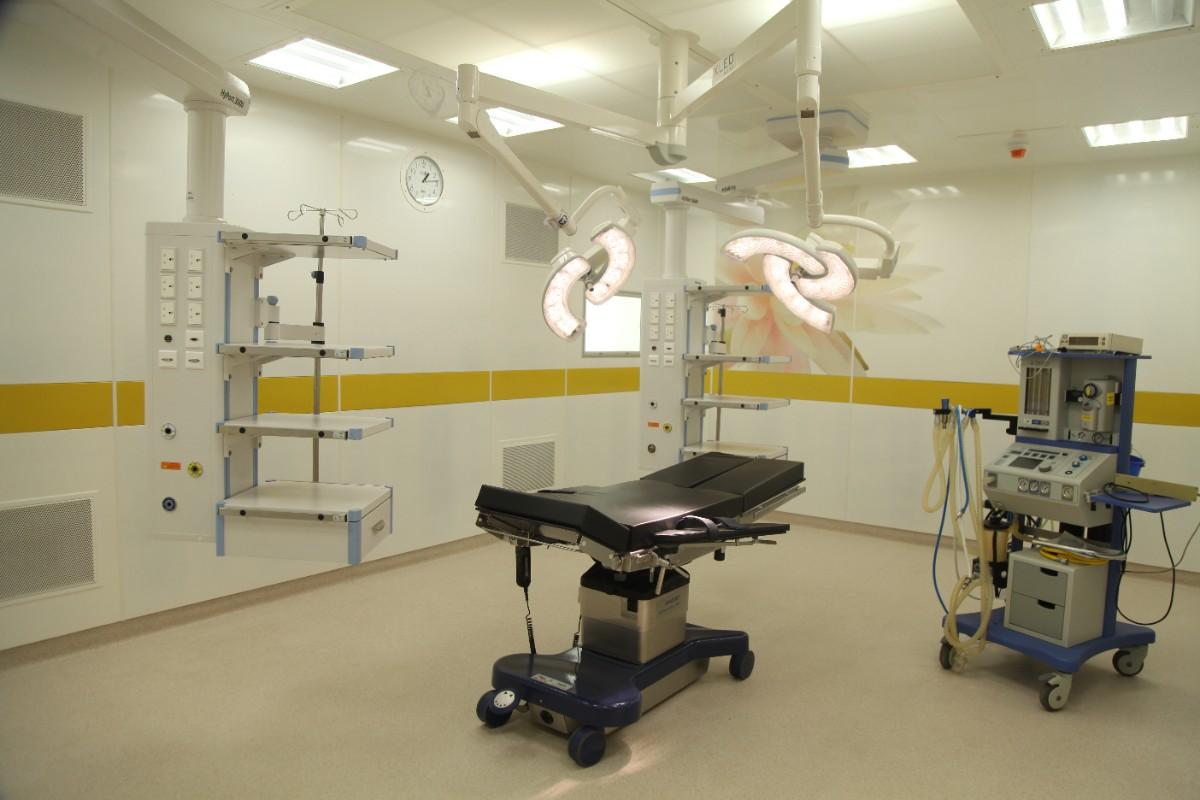
2. Color Rendering Index (CRI) and Color Temperature
Excellent color rendering index (CRI) is a sign of a high-quality surgical lamp. Complex surgeries require that surgeons be able to recognize subtle variations in tissue color, which is ensured by a high CRI. The color temperature of the operating room light should also be similar to natural sunlight, which is usually between 4,000K and 6,500K.
During extended operations, this function guarantees accuracy, improves visibility, and reduces eye strain. Keep these characteristics in mind when evaluating healthcare equipment to maintain accuracy in diagnosis and care.
3. Shadow Management Technology
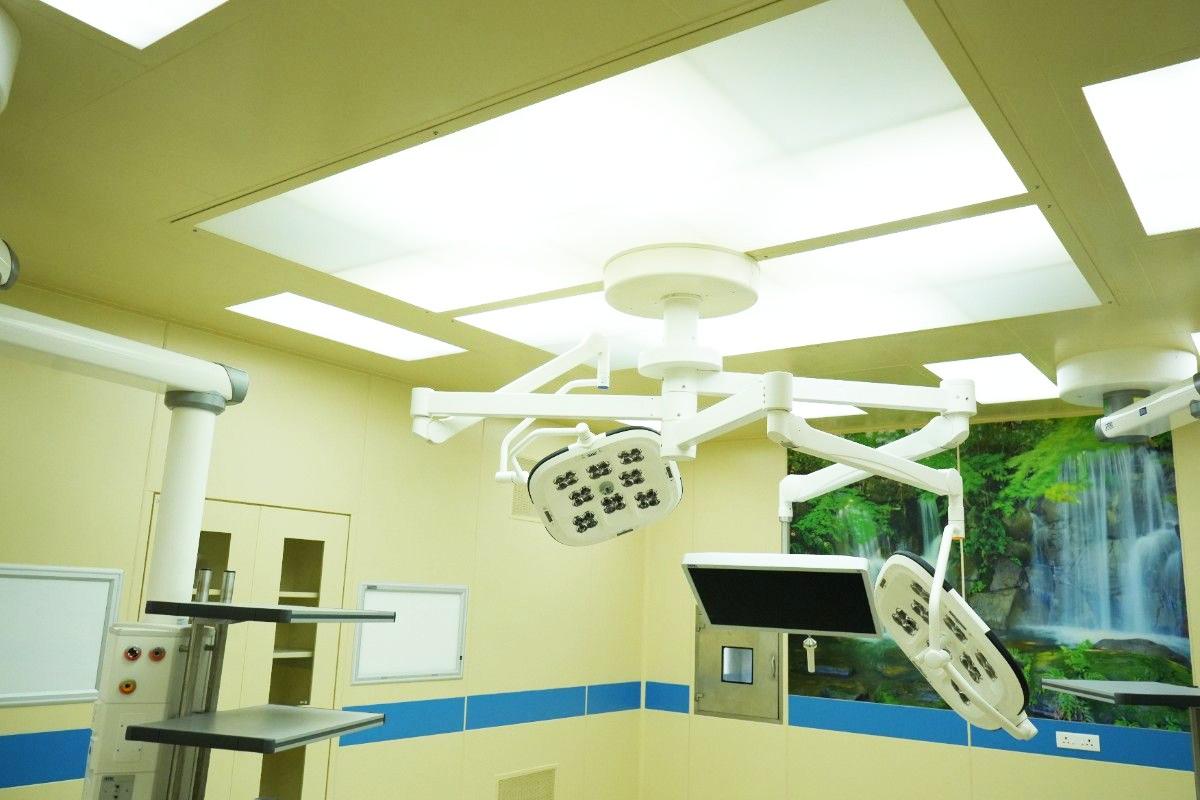
Shadows from surgical personnel or surgical instruments can make it difficult to see, especially in critical locations. Modern operation theatre lights have shadow management mechanisms to minimise obstructions caused by obstructions. This guarantees that the surgical area is adequately lit, even during complex procedures.
To maintain accuracy during minimally invasive operations, when even a small obstruction can make it difficult to operate sophisticated medical equipment, shadow-free lighting is required.
4. Energy Efficiency and Heat Reduction
Energy-efficient surgical lights not only help reduce operating costs but also contribute to a comfortable surgical environment. LED-based Operation Theater lights are popular for their low power consumption and minimal heat output. Excessive heat can cause discomfort to both the surgical team and the patient, making heat reduction an essential feature.
Selecting energy-efficient Operating Room lights ensures long-term sustainability while maintaining the performance needed for complex medical procedures.
5. Ease of Maintenance and Sterility
Sterility and maintenance of healthcare equipment is essential in the harsh setting of the operating room. Better surgical lamps can be easily cleaned and disinfected to maintain a sterile environment. Continuous patterns or antimicrobial coatings prevent contaminants from forming.
Additionally, maintenance should be simple, with interchangeable components and intuitive user interfaces. This reduces downtime and improves hospital operating efficiency by guaranteeing that medical gadgets are always functional.
Why Quality Matters in Operation Theater Lighting
Investing in superior surgical lights directly impacts the performance of surgical teams and the safety of patients. Proper lighting in the operating room helps with the precision needed for life-saving treatments in addition to improving vision. Together, features such as energy efficiency, shadow management, and high CRI provide the ideal surgical environment.
F.A.Q.
What is the significance of the Color Rendering Index in surgical lighting?
For appropriate diagnosis and treatment during surgeries, physicians must be able to discern between different tissue colors, which is ensured by a high CRI.
What color temperature is best for lights in operating rooms?
To lessen eye strain and enhance sight, the ideal range is between 4,000K and 6,500K, which simulates natural daylight.
How is surgical accuracy increased by shadow management technology?
This technique ensures constant illumination throughout the surgery by reducing shadows from surgical tools or personnel.
Do LED surgical lights use less energy than conventional alternatives?
Indeed, LED lights are a sustainable option for hospitals since they use less energy, generate less heat, and last longer.
Where can I find reliable X-Ray viewers for my hospital?
Workspace Metal Solutions offers high-quality X-ray viewers and other operating room equipment. Contact them for tailored solutions.











